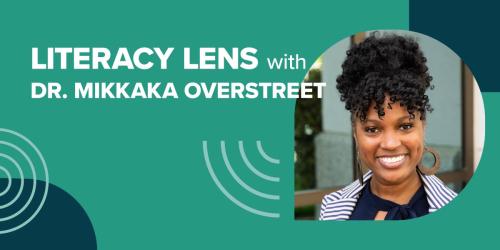Making Connections: A Networking Strategy for Increasing Student Achievement

In Oregon, districts range in size from 20 students to nearly 50,000. This creates many different contexts for districts to consider as they strive to meet state standards. Oregon is also a state filled with communities that take pride in local control and prefer to set their own expectations and goals for districts.
In this context, the question for districts and schools becomes: How do we balance the need to meet state standards at a given school with the mandates from the local school board?
Here are two things you can do: First, stay focused on student achievement. Second, create a system for interconnected communication pathways and organized information—in other words, build a network.
One example is the Continuous Improvement Network, an Oregon Department of Education program we facilitate that uses a network of leadership coaches/district liaisons as a strategy for school improvement.
With the Every Student Succeeds Act now requiring that districts be the driver of change, the Continuous Improvement Network trains and places coaches in districts across the state that have been identified as needing improvement. Each district then can choose to send these coaches into the schools that haven’t made adequate growth or haven’t met state standards or they can select other options through the district.
What the coaches bring to their role is an emphasis on raising student achievement. They are able to accomplish this by embracing the philosophy that everybody teaches and everybody learns and by bringing multiple perspectives to the work.
For example, our coaches are trained as experts in the state standards, and their role as district liaisons gives them a keen understanding of local priorities. When they enter a school, they bring this expertise and this awareness of the broader context, as well as resources, best practices and implementation techniques. But as they work with a school, they also become learners. They see what’s happening on the inside, and they bring the school’s perspective back to the district. This can inform the district’s thinking as priorities evolve.
The coaches also learn from each other, as we bring them together for professional development that includes face-to-face sessions in which they share the challenges they’ve encountered and the strategies they’ve employed. They bring back what they learn from each other to their districts and schools.
This is what a true network does—it makes connections. Some are intentional, others are more organic, but all are aimed at making schools more successful. When that happens, kids win.



